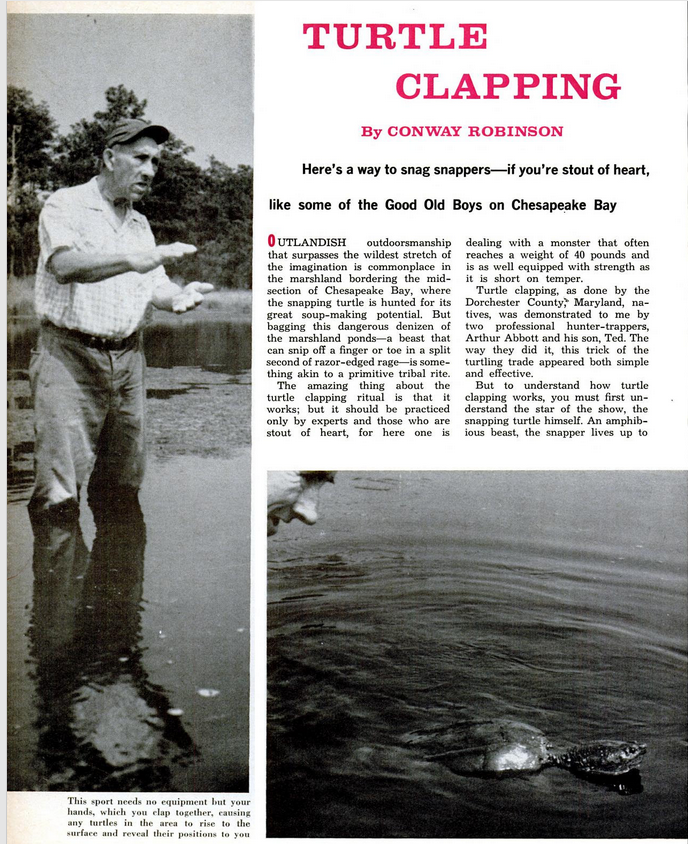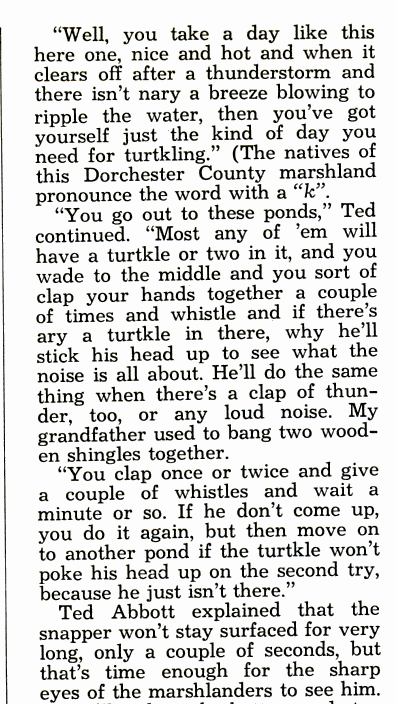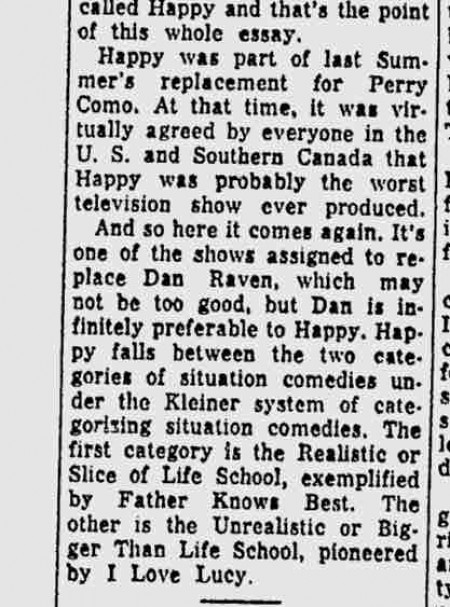1960s
Thought she could fly like Batman

Breunig later sued for damages, but Mrs. Veith's insurance company offered an unusual defense. It said she wasn't negligent and therefore not liable because she had been overcome by a mental delusion moments before swerving out of her lane. She hadn't been operating her automobile "with her conscious mind."
The insurance company lost the initial case, but appealed, and eventually the dispute ended up before the Supreme Court of Wisconsin (Breunig v. American Family Insurance Co.). There, the court heard the nature of the mental delusion that had gripped Mrs. Veith:
Actually, Mrs. Veith's car continued west on Highway 19 for about a mile. The road was straight for this distance and then made a gradual turn to the right. At this turn her car left the road in a straight line, negotiated a deep ditch and came to rest in a cornfield. When a traffic officer came to the car to investigate the accident, he found Mrs. Veith sitting behind the wheel looking off into space. He could not get a statement of any kind from her.
The court ultimately agreed with the insurance company that a sudden mental incapacity might excuse a person from the normal standard of negligence. It noted that a Canadian court had once reached a similar conclusion: "There, the court found no negligence when a truck driver was overcome by a sudden insane delusion that his truck was being operated by remote control of his employer and as a result he was in fact helpless to avert a collision."
But the Wisconsin Supreme Court then ruled that this excuse didn't apply in Veith's case because she had had similar episodes before. Therefore, she should have reasonably concluded that she wasn't fit to drive.
This case has become an important precedent in tort law, establishing the principle that you can't use sudden mental illness as an excuse if you have forewarning of your susceptibility to the condition.
The case is such a classic that in an issue of the Georgia Law Review (Summer 2005) it was even described in verse:
| A bright white light on the car ahead, Entranced Erma Veith, so she later said. Pursuing that light, a miracle did unfold: Of Erma's steering wheel, God took control. Under the influence of celestial propulsion, Erma now operated by divine compulsion. She met a truck, and responded in scorn: She hit the gas, so she'd become airborne. Why, Erma, would you seek elevation? "Batman!" she replied, "my inspiration!" Moreover, at trial, other evidence of panic: She had previously invoked the Duo Dynamic. Once to her daughter, she had commented: "Batman is good; your father is demented." The law held sympathy for Erma's plight: After all, mankind has long yearned for flight. Soaring above, slipping gravity's attraction, Many have aspired to that satisfaction. Still, the law cautioned, the limits were great: "Was Erma forewarned of her delusional state?" On this issue, the evidence appeared strong: "She had known of her condition all along." She experienced a vision, at a shrine in a park: When the end came, she would be in the Ark. Indeed, she would assist, in sorting them out: Those to be saved, and those not devout. Knowing all this, said the court in conclusion, She might well expect, she'd suffer delusion. In her condition, a state most bizarre, Erma was negligent, to drive a car. And to Erma, a lesson of universal appeal: "Nothing can emulate the Batmobile!" |
Posted By: Alex - Thu Sep 15, 2016 -
Comments (5)
Category: Law, Lawsuits, 1960s
Reaction of lions to a man in a motorized cage

I'm not quite sure what's going on here. This photo (sourced to AP Wirephoto) ran in various papers (such as here) on June 26, 1963. It had the following caption:
And that's it. I've been unable to find out anything else about this strange experiment. But I'd like to know why exactly the zoo was curious about how lions would react to a guy driving around in a motorized cage?
Posted By: Alex - Tue Sep 13, 2016 -
Comments (5)
Category: Animals, Experiments, 1960s
Mystery Illustration 30

[Click to enlarge]
Which 60s rock band is this?
The answer is here. (Page 16)
Or after the jump.
More in extended >>
Posted By: Paul - Fri Sep 09, 2016 -
Comments (0)
Category: Music, 1960s, Face and Facial Expressions, Hair and Hairstyling
The Pepsi Cola Shopping Spree of 1964 and 1965
Why don't we have these contests anymore?

Original ad here.

Original ad here.
Posted By: Paul - Tue Aug 30, 2016 -
Comments (8)
Category: Contests, Races and Other Competitions, Family, Food, Advertising, Freebies, Come-ons and Loss Leaders, 1960s
Turtle Clapping


The only source that I can find for this supposedly ancient and semi-legendary practice is a single article in FIELD AND STREAM.
Was the reporter getting his leg pulled? Did the practice exist, then die off? Inquiring minds want to know!
Posted By: Paul - Mon Aug 29, 2016 -
Comments (3)
Category: Animals, Regionalism, 1960s
Mailed herself to the Beatles
June 1966: 12-year-old Beatles superfan Carol Dryden of Sunderland, England came up with an ingenious scheme to meet the Fab Four. She packaged herself inside a box and arranged to have a friend mail her to them — addressed "to the Beatles, care their fan club, London." Shipping cost $8.47.But Carol only got as far as the railway station, where a clerk noticed the box she was in wobbling back and forth. Inside of it, Carol, overheated and running out of air because she hadn't made any holes in the box, was trying to take off her sweater.
Carol confessed, "I hadn't thought about fresh air or food. All I wanted was to see the Beatles. I don't know what I would have done had I really arrived on their doorstep. I suppose I would have fainted."
The railroad refunded the freight charge.

Rochester Democrat and Chronicle - June 16, 1966
Posted By: Alex - Fri Aug 26, 2016 -
Comments (2)
Category: Amateurs and Fans, 1960s, Postal Services
Bensen Gyrocopters
Aren't drones a little wimpy, when you could be flying your own Bensen Gyrocopter?

Original ad here.
Heck, even Batman had one!

Posted By: Paul - Tue Aug 23, 2016 -
Comments (10)
Category: Hobbies and DIY, Comics, Air Travel and Airlines, 1960s
Happy
Wikipedia article here.
Another, lesser-known, candidate for "Worst TV Show Ever." As a critic said at the time:

Posted By: Paul - Wed Aug 17, 2016 -
Comments (3)
Category: Television, Babies and Toddlers, Fantasy, 1960s
Miss World 1969
Dig those beehive 'do's!
Posted By: Paul - Tue Aug 16, 2016 -
Comments (4)
Category: Beauty, Ugliness and Other Aesthetic Issues, Contests, Races and Other Competitions, 1960s
Jill Day’s Gym
I call total sexual harassment on Jill Day. Luckily she could fall back on her singing.
Note how these poor oppressed men in the second video have retreated to a female-free gym.
Posted By: Paul - Mon Aug 15, 2016 -
Comments (2)
Category: Music, 1950s, 1960s, Europe, Bodybuilding

| Who We Are |
|---|
| Alex Boese Alex is the creator and curator of the Museum of Hoaxes. He's also the author of various weird, non-fiction, science-themed books such as Elephants on Acid and Psychedelic Apes. Paul Di Filippo Paul has been paid to put weird ideas into fictional form for over thirty years, in his career as a noted science fiction writer. He has recently begun blogging on many curious topics with three fellow writers at The Inferior 4+1. Contact Us |




